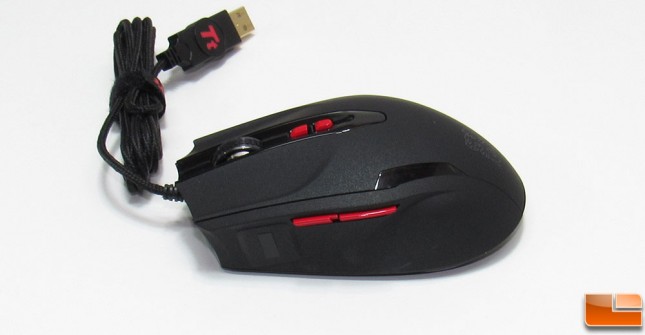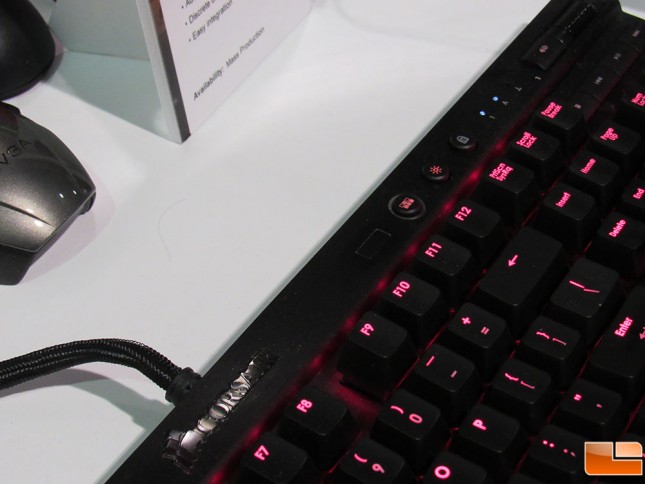Synaptics IronVeil Fingerprint Sensor Integrated Into Mice
Final Thoughts and Conclusions
I have used several different implementations of fingerprint readers, and technology has come a long ways from the beginning. Even today, some sensors require you to swipe your finger, which has speed, and placement issues. The Synaptics IronVeil technology is a vast improvement over previous fingerprint sensors. The Synaptics IronVeil sensor is installed near the thumb on the Black V2 mouse, at this location it is easily accessible, while not being obtrusive to normal usage.
Registering my fingerprints went perfectly smooth. There was one small hold-up when registering the fingerprints the first time, but once I realized I had to continually lift/place my finger on the sensor until it was finished (which took a few seconds to realize this), the other fingers were registered without issues. Registering a finger takes a minute or two, mostly for it to scan the various locations on the finger about 20 times. After registration was completed, logging in to Windows 10 was nearly instantaneous, of course that will depend on your system configuration. The few times I didn’t place my finger correctly, it notified me and was able to try again. After a couple of failed attempts, it then prompts you for your password to complete the Windows login process.
Most people access dozens of websites that require various login passwords. Unless you don’t practice good password protection (using simple passwords, same password), you most likely have a list of logins and passwords as they can get difficult to remember. The Synaptics IronVeil fingerprint sensor in conjunction with OmniPass made it extremely easy to access secure websites with my fingerprint. This is extremely helpful and is much more secure than a list of logins and passwords, not to mention much easier to manage.
Synaptics has a goal of integrating the IronVeil sensor into every mouse. Integrating the Synaptics IronVeil sensor into a mouse is just one possibility. It is also possible to integrate it into other devices, such as a keyboard. Synaptics was also demonstrating the IronVeil sensor in a Corsair keyboard. This makes it easy to use for both right and left handed individuals. Other than keyboards and mice, I can see it integrated into gaming console controllers, making it easy to sign into consoles and being required to make purchases, such as allowing parents to store their card information but making it easy for them to approve purchases.
I have already mentioned a few refinements to the OmniPass software (which Synaptics does not develop), I would make one small recommendation to Synaptics on their Fingerprint Manager, specifically the fingerprint registration. It would be helpful if it said to continually lift your finger and touch the sensor until it is fully registered. This is an extremely small issue, but would make things a little smoother for the average user. This was the only time that a child got held up for a few moments, until I told him to keep doing it until it finished.
Legit Bottom Line: Overall, I am extremely impressed with the fingerprint sensor and how well it works. The Synaptics IronVeil sensor would be a great add-on for any mouse or keyboard to have, making bio-metrics more accessible to the average user, and could replace the need to memorize dozens of passwords.



